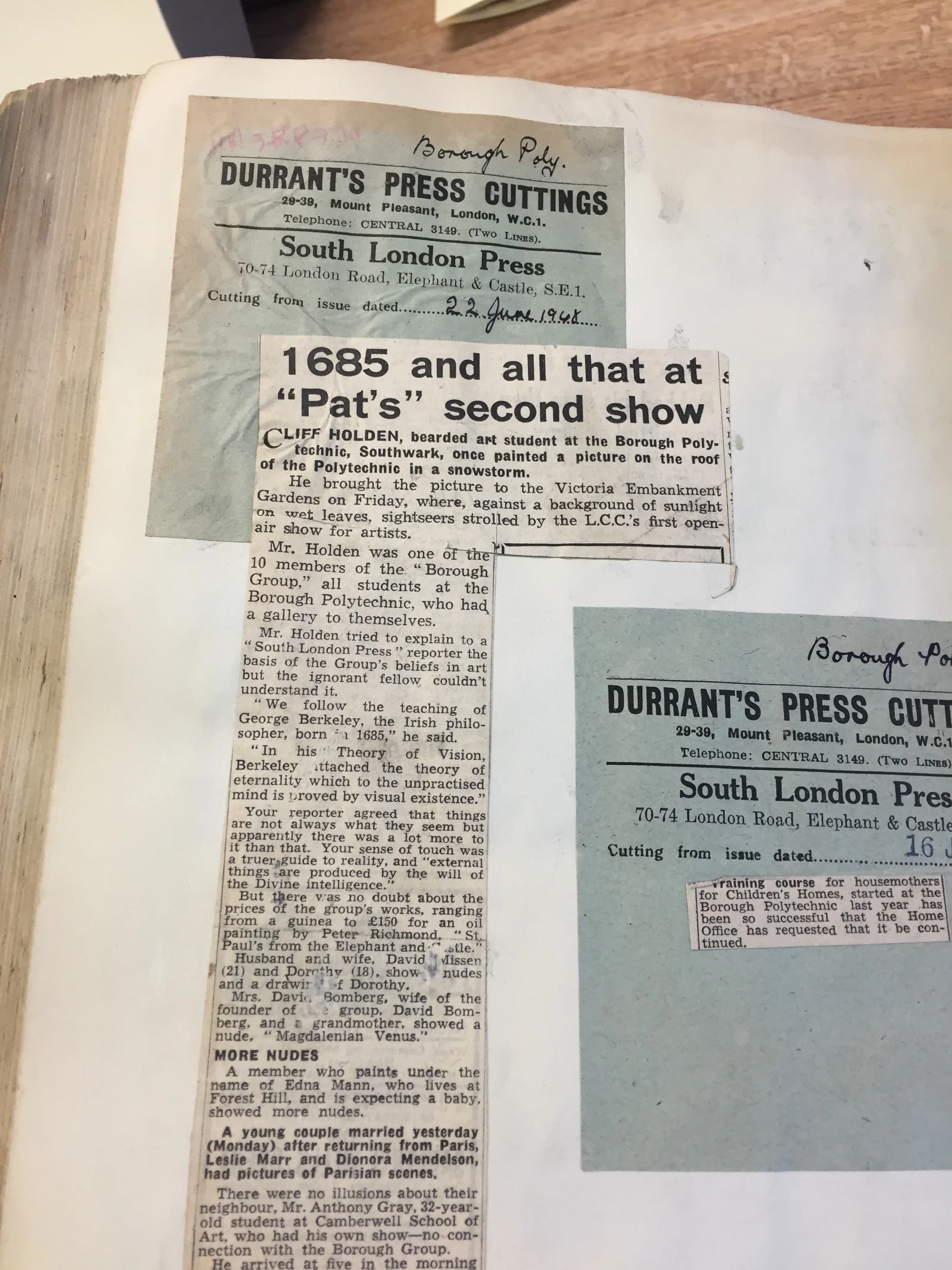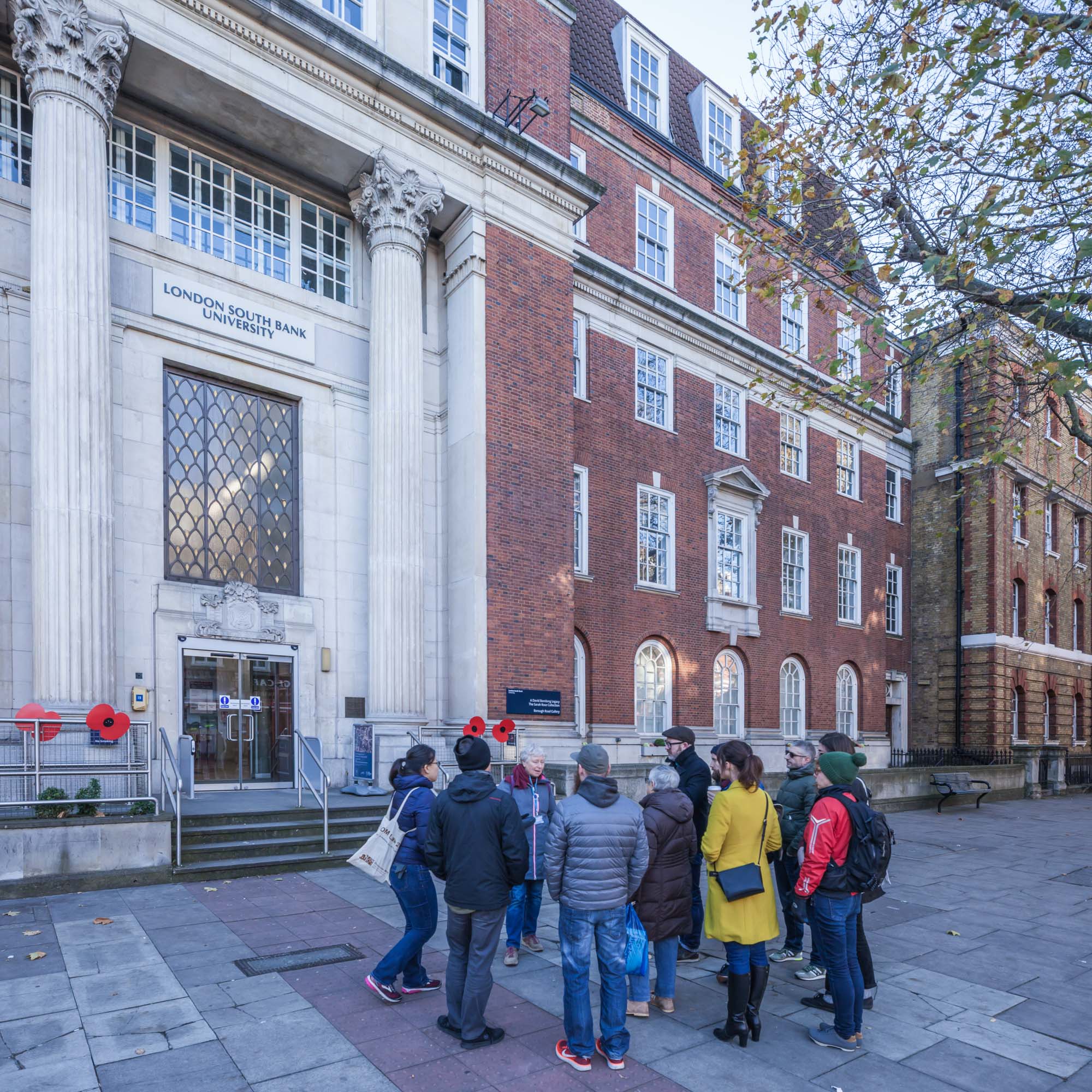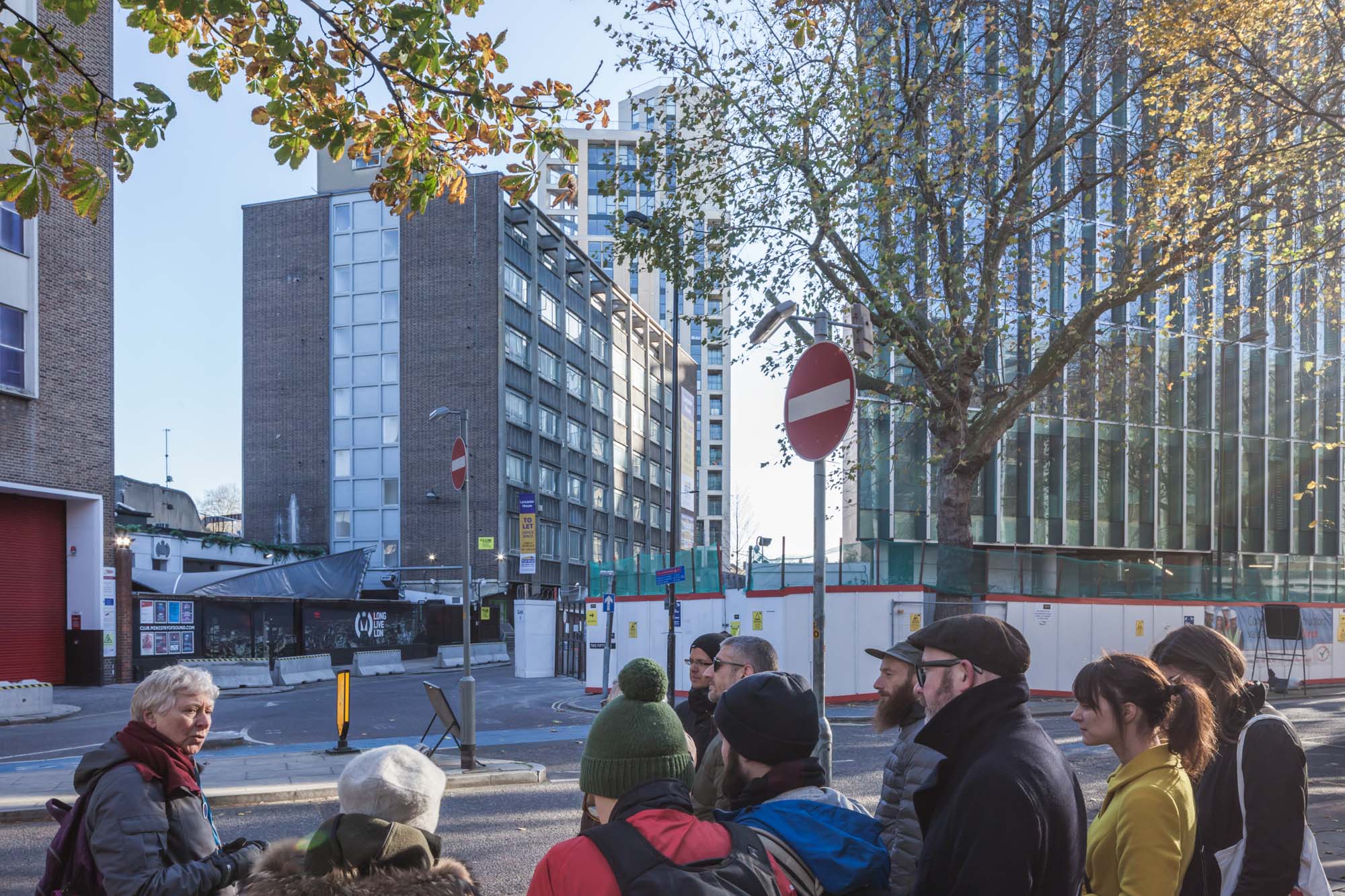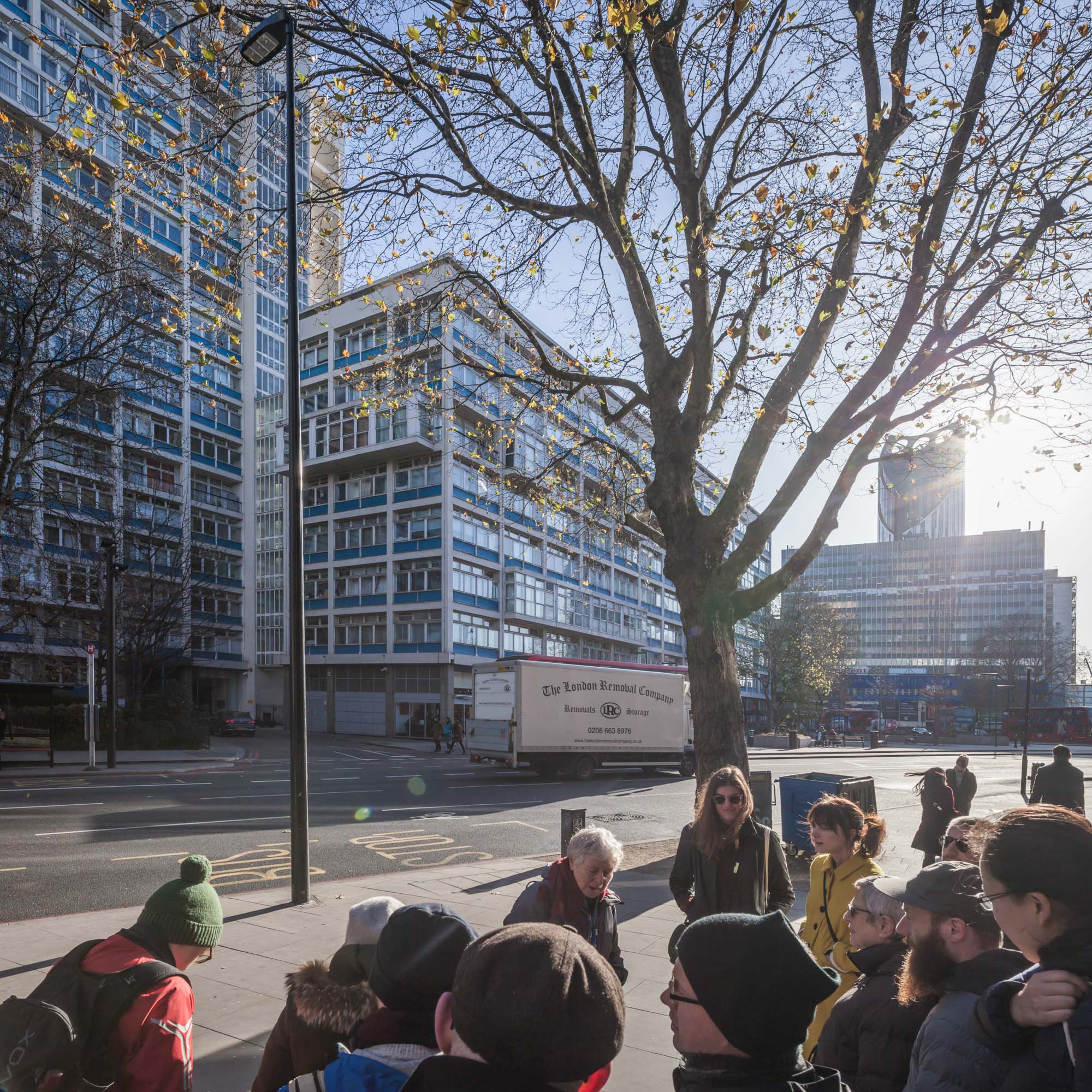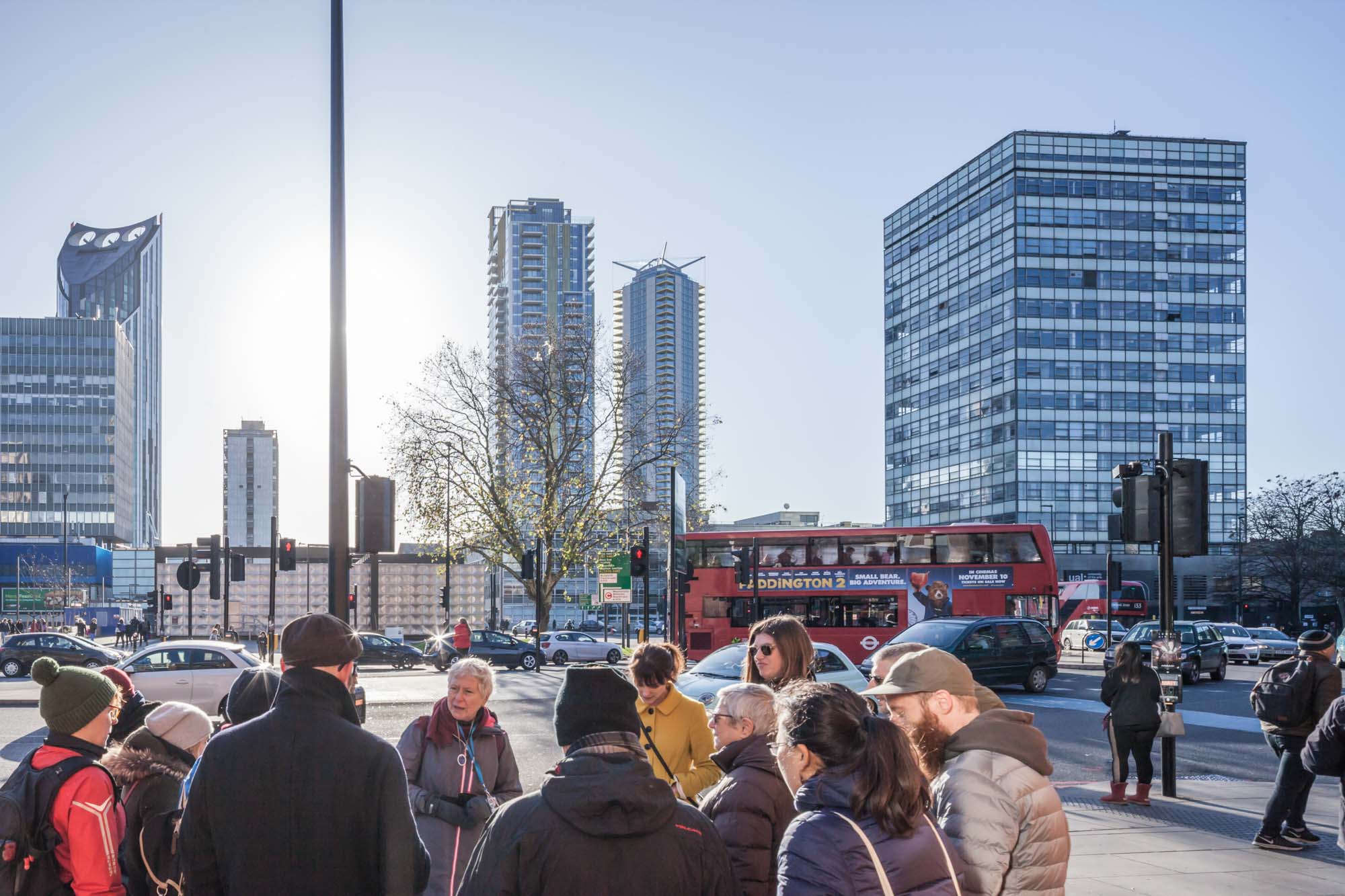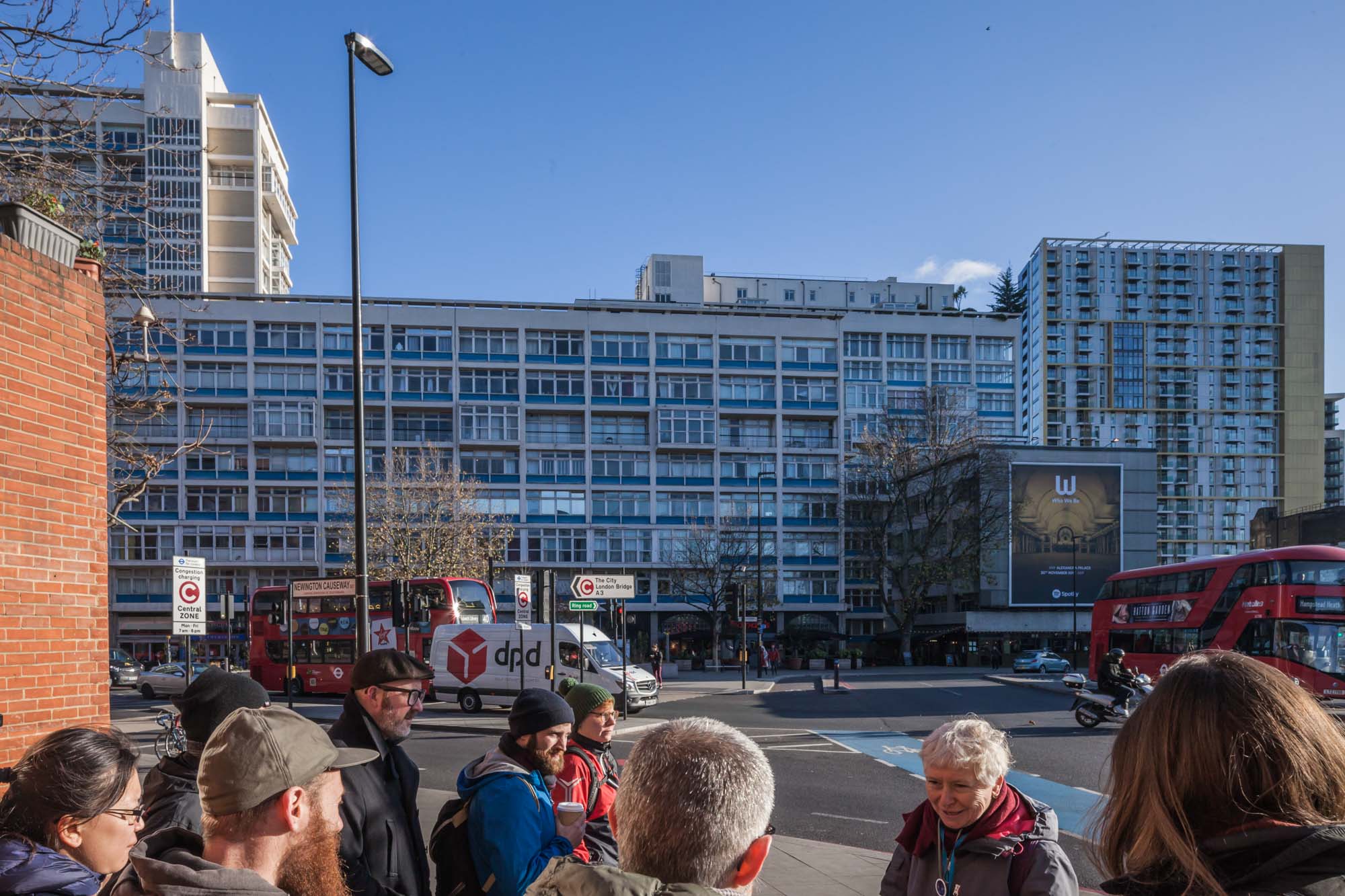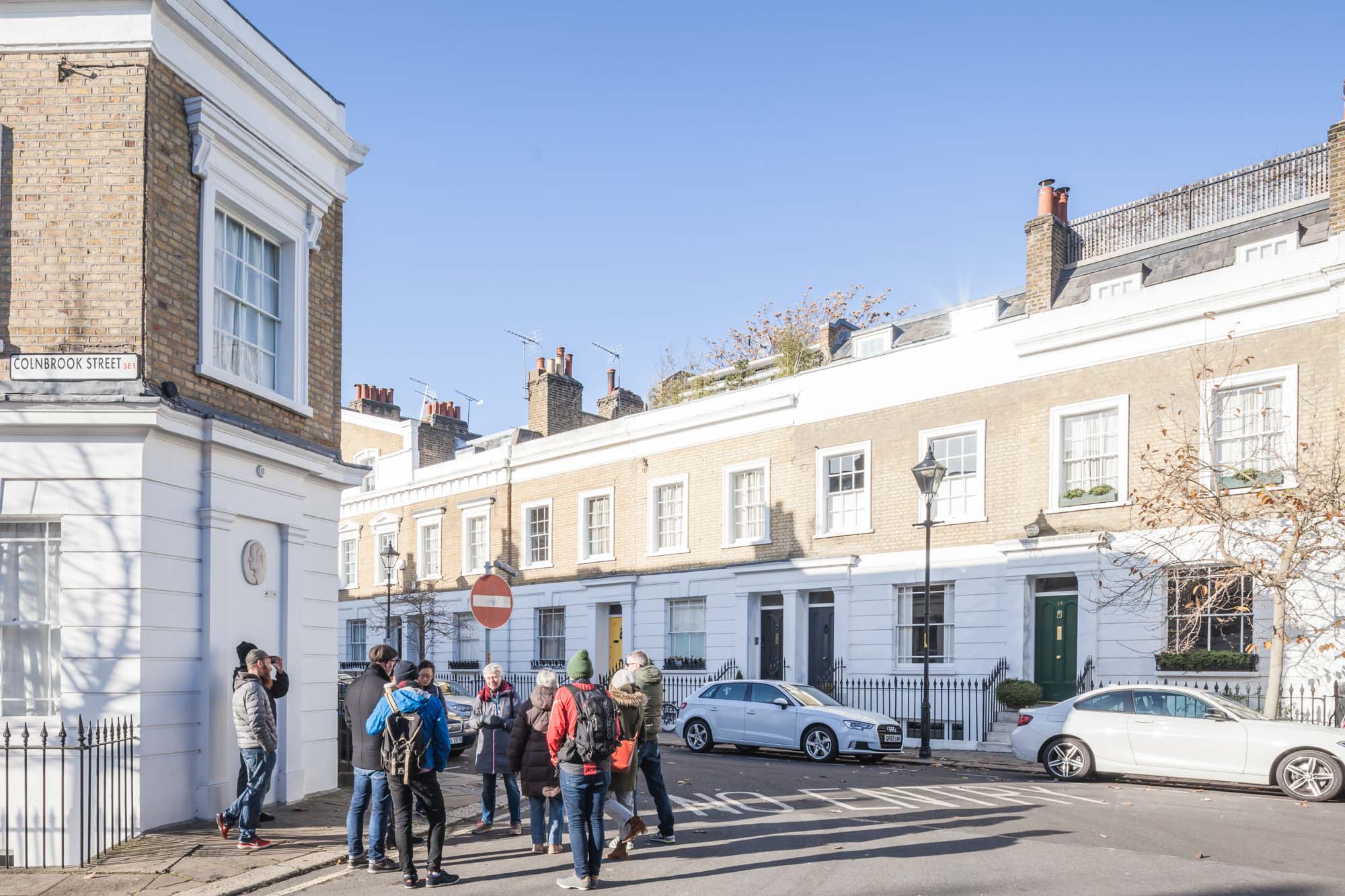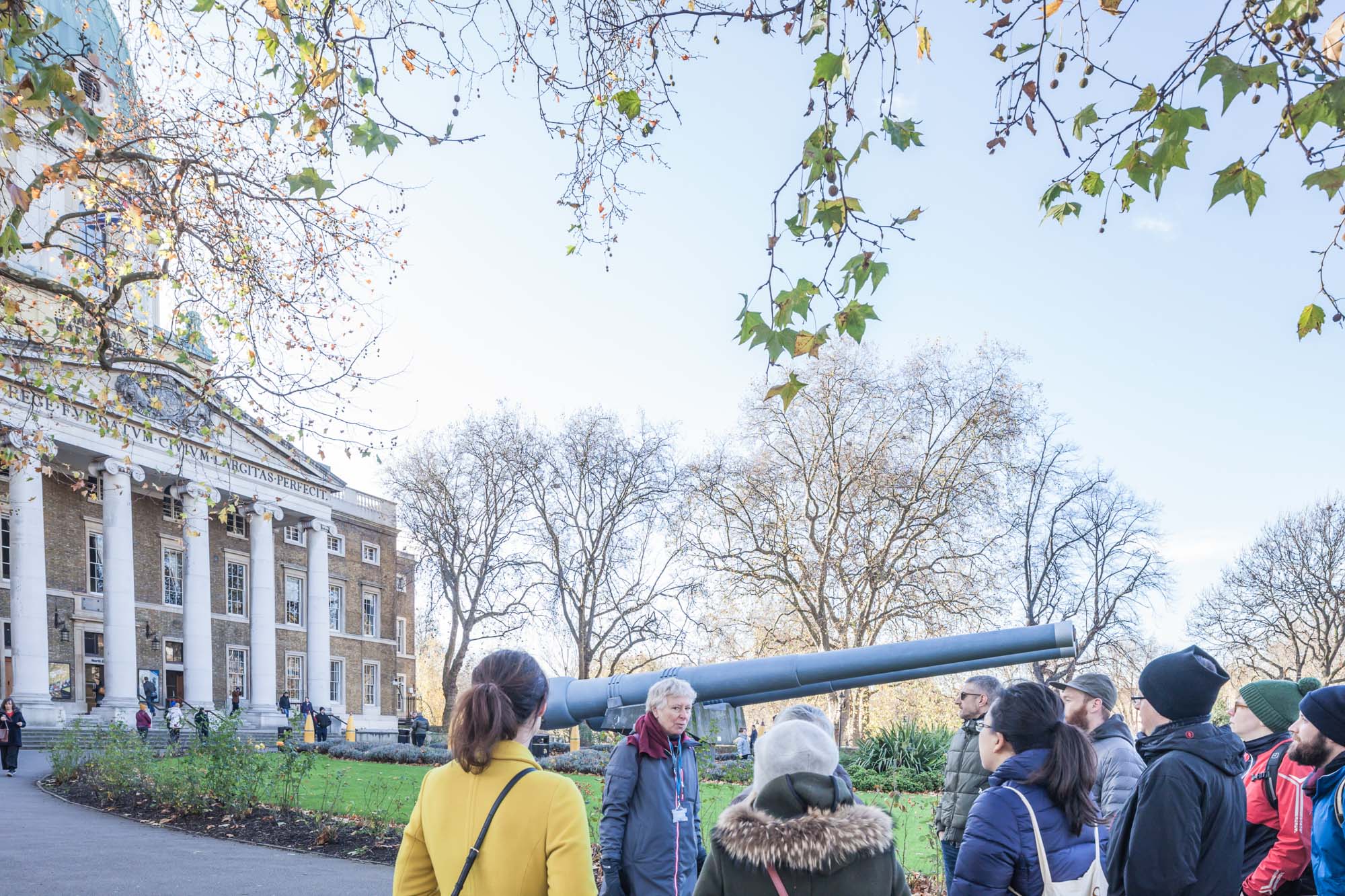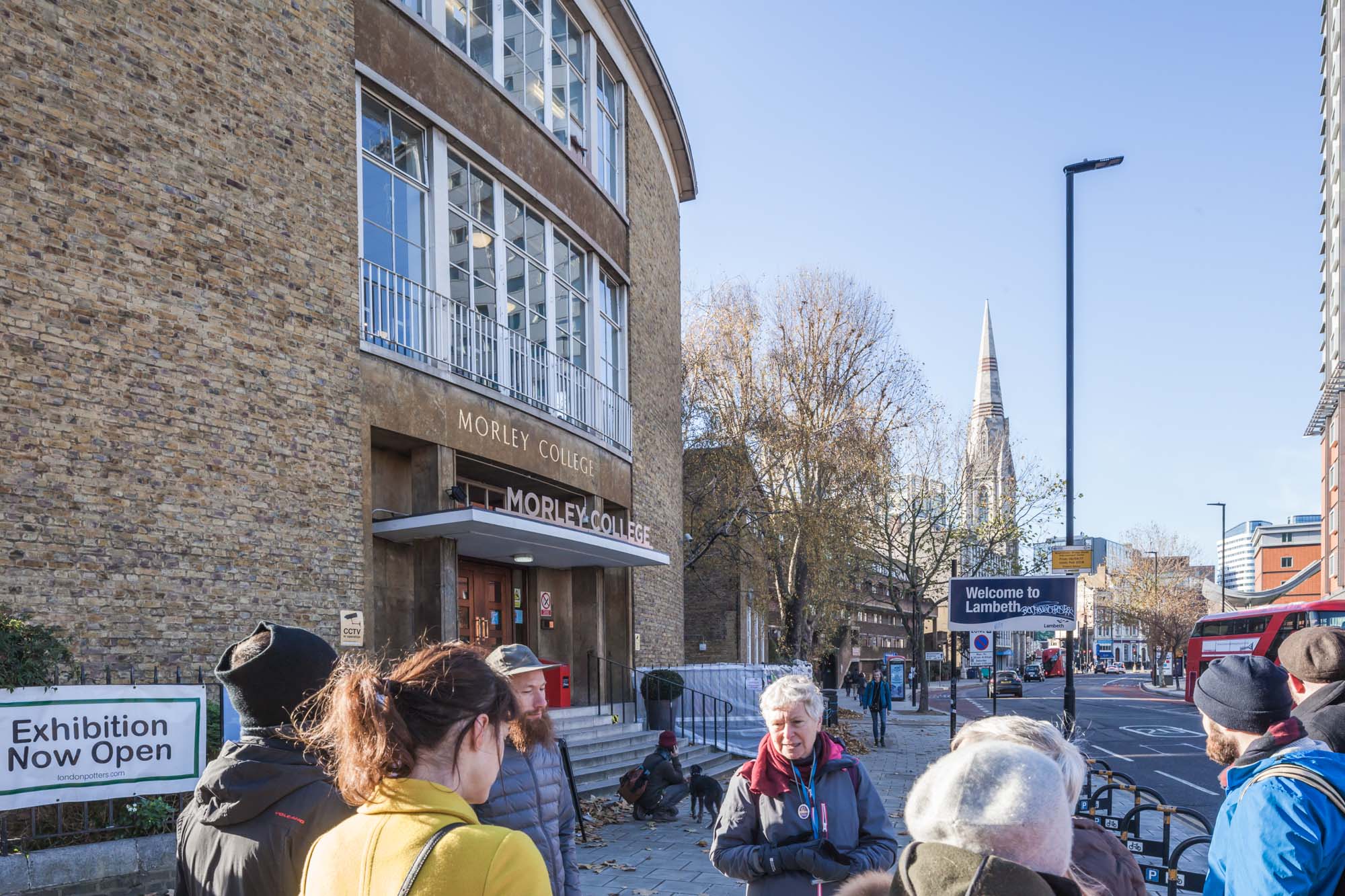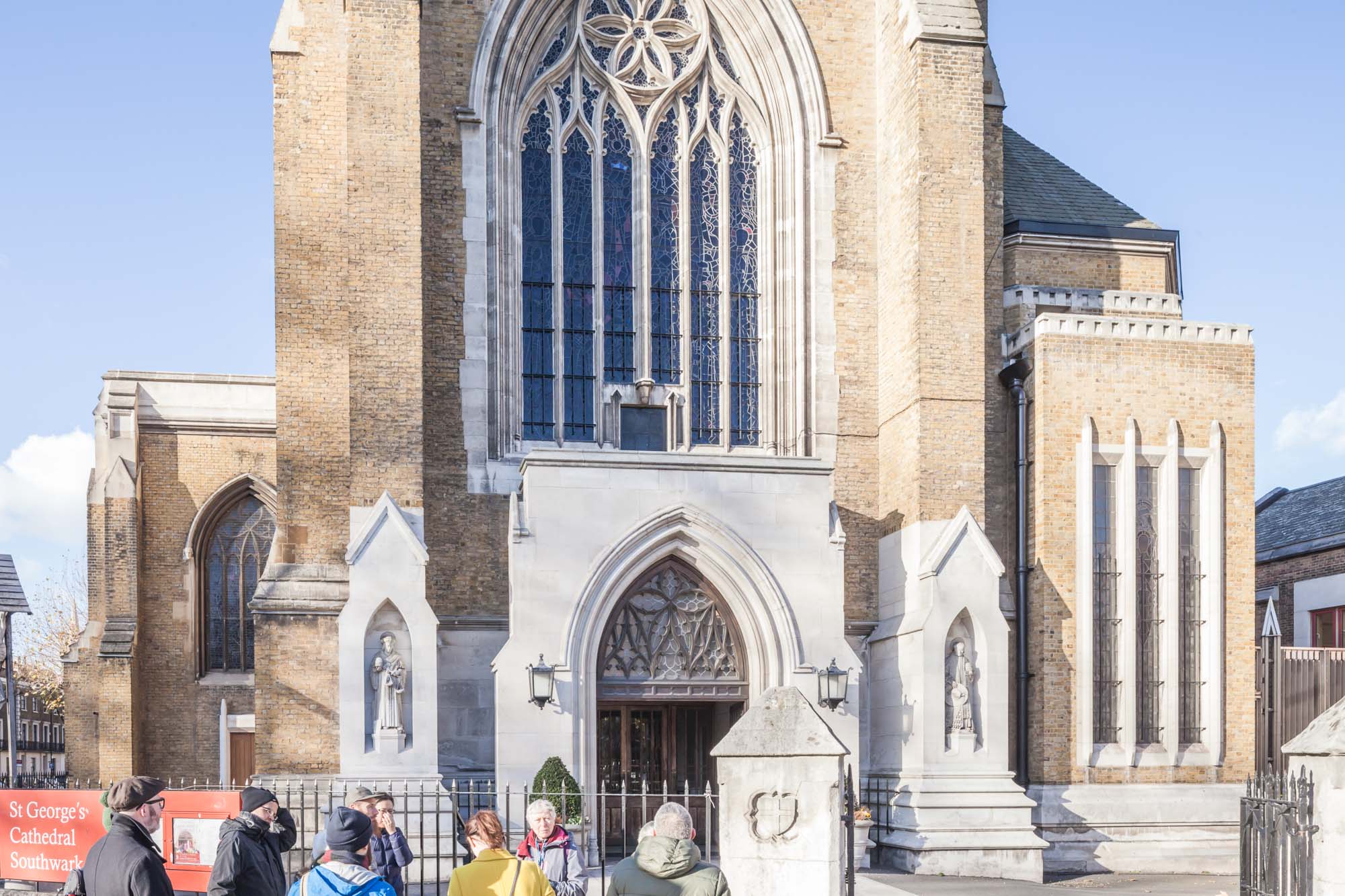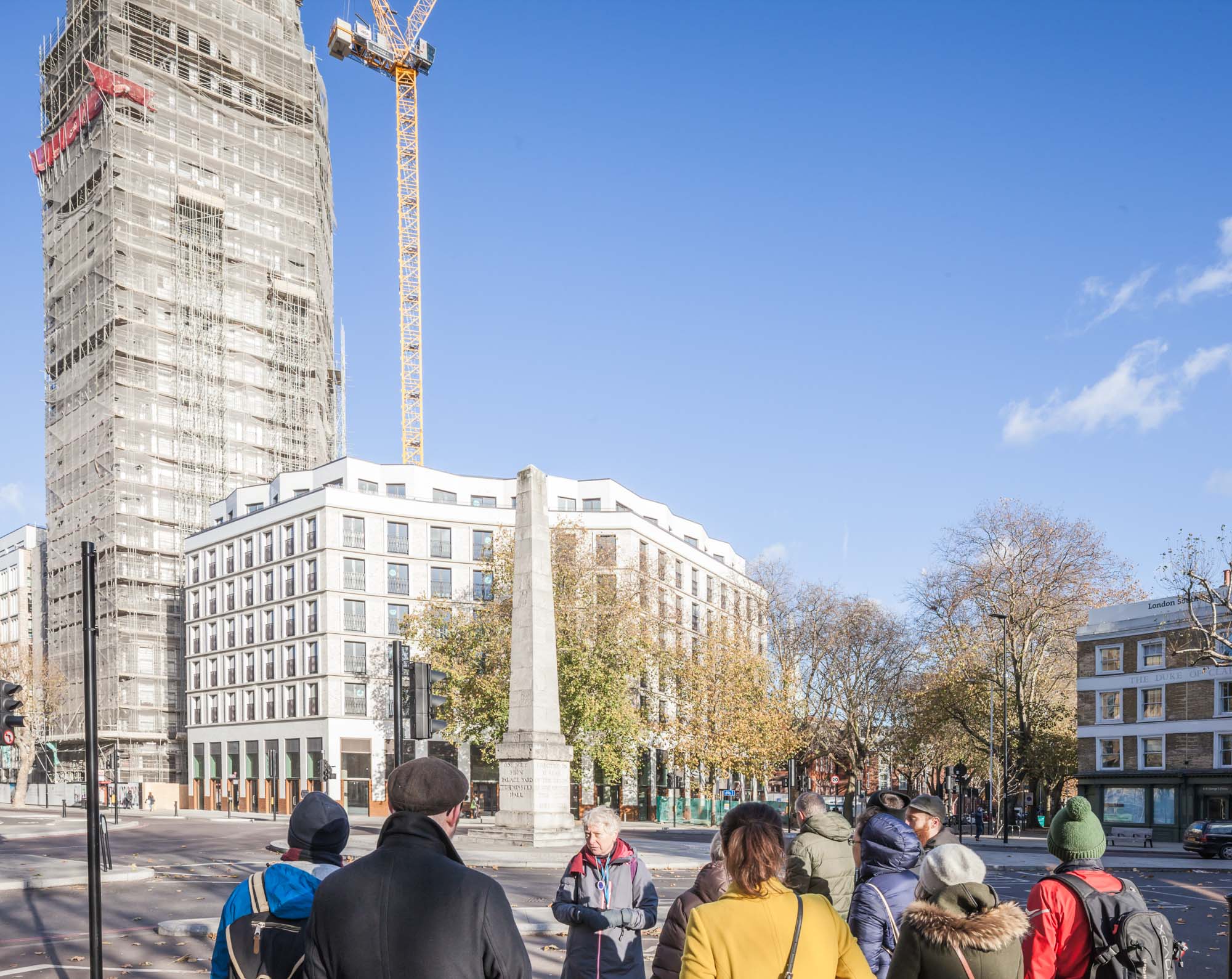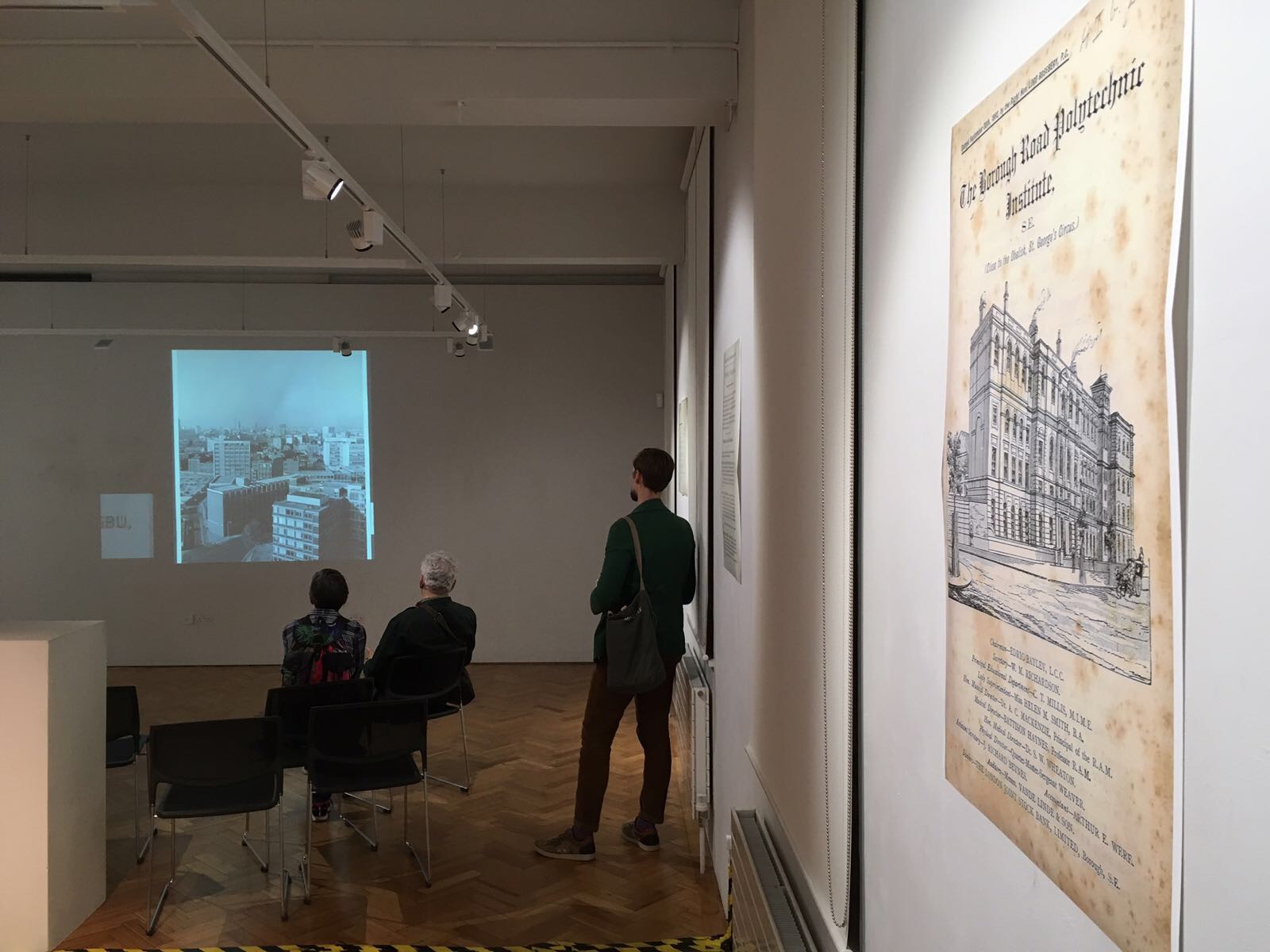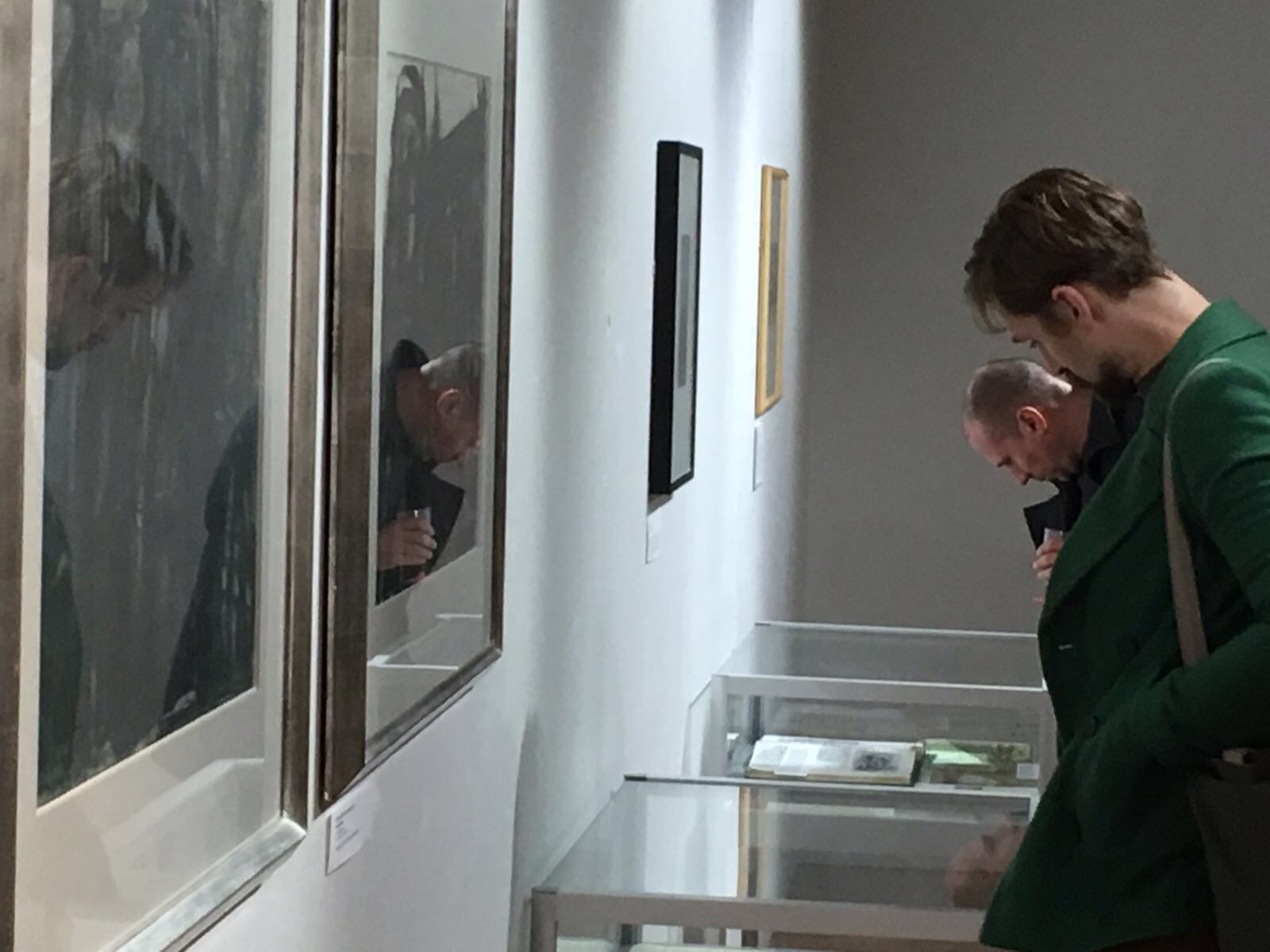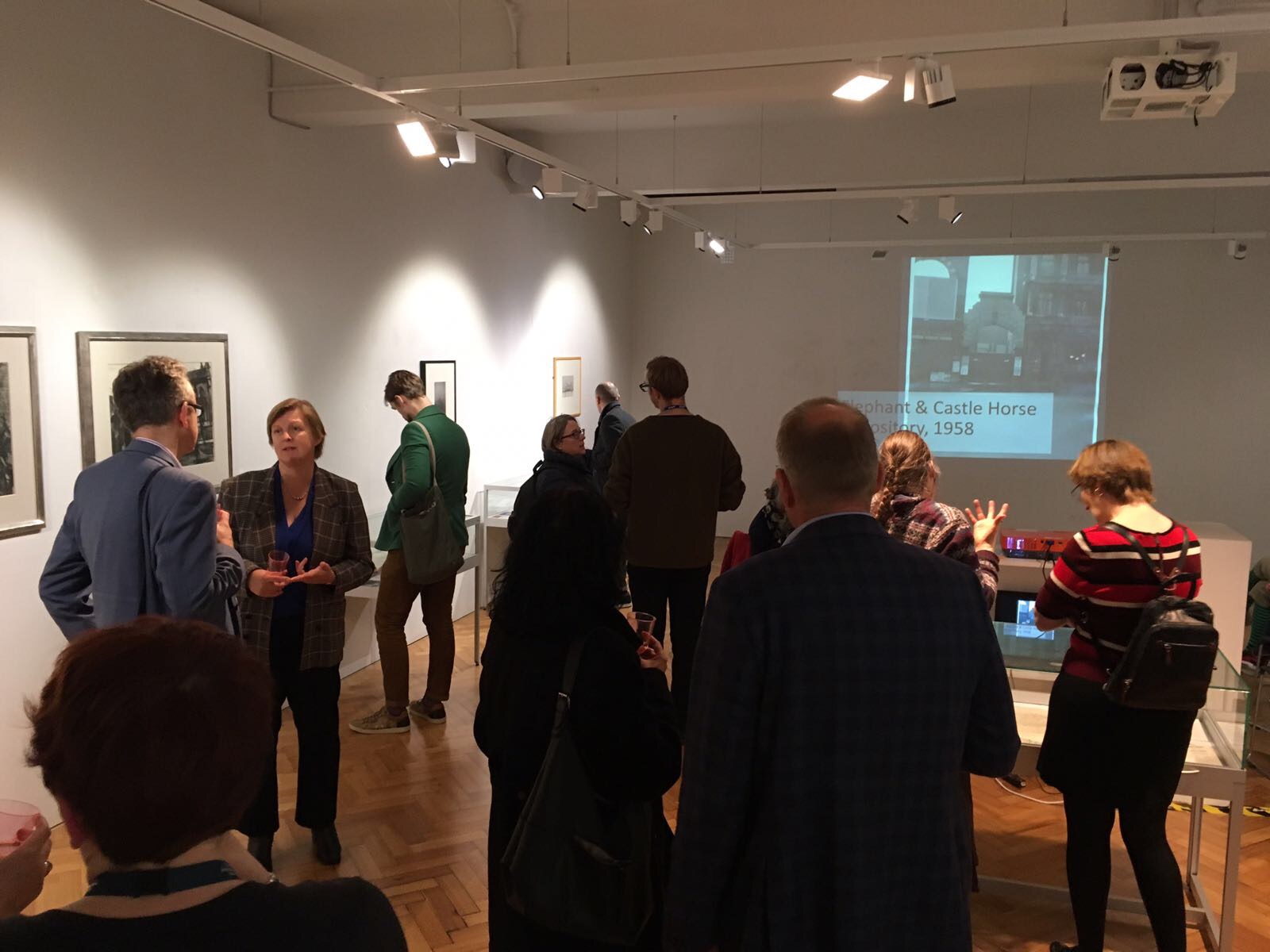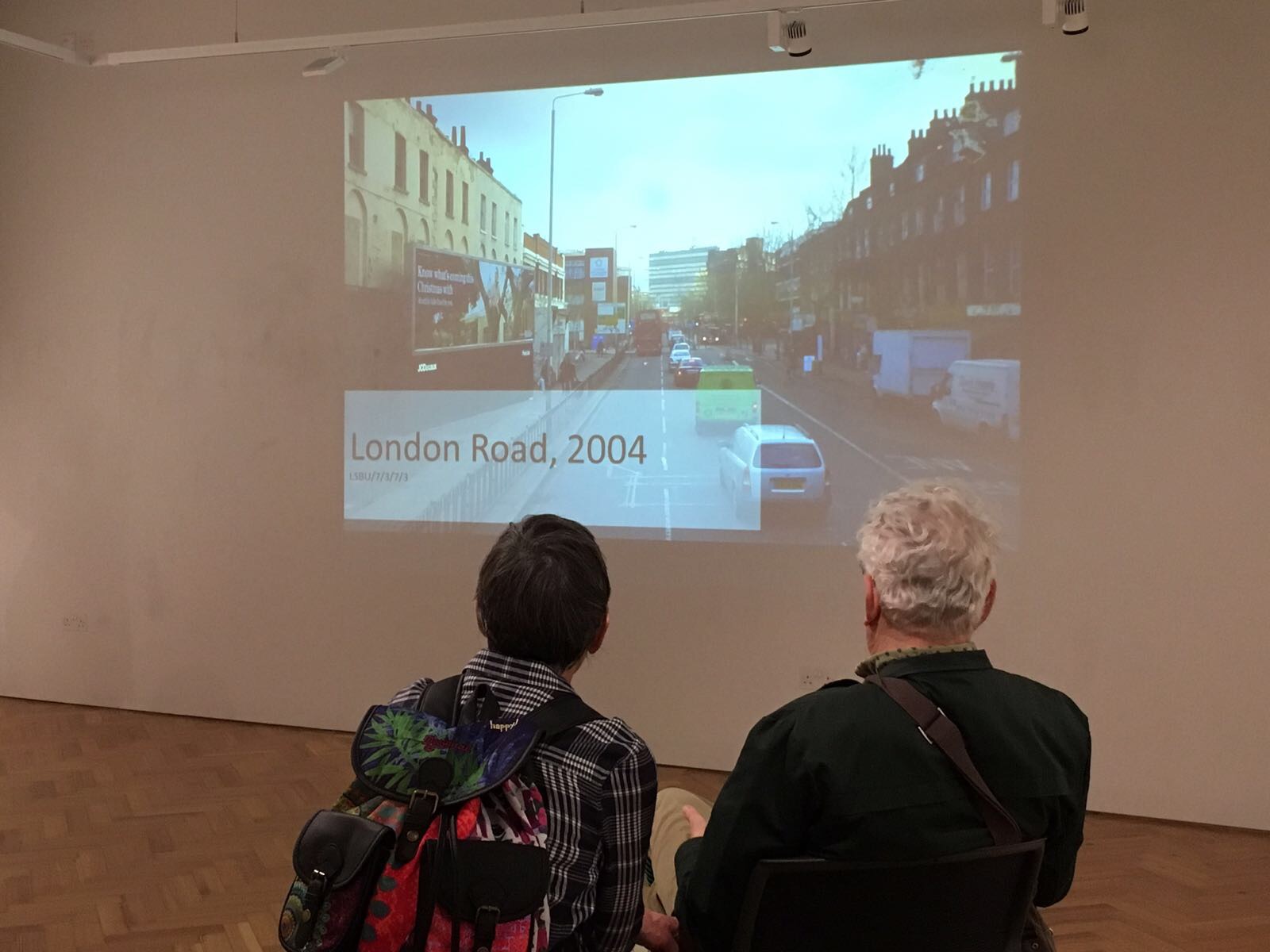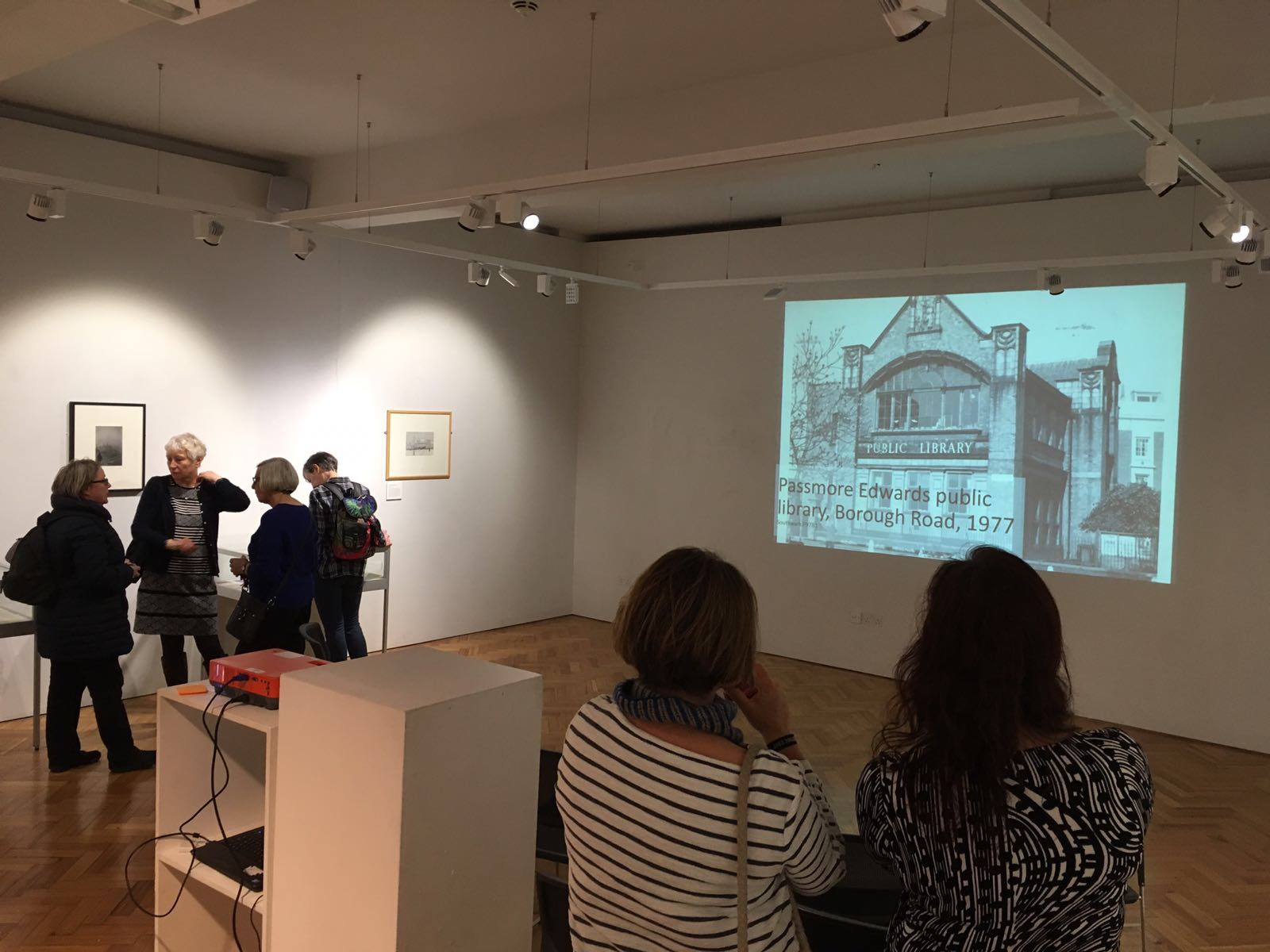Percentage of works by artists
Read MoreResearch about the Open Air Exhibition of Paintings in 1948 /
In 1948, the Victoria Embankment Gardens where the site of an “Open Air Exhibition of Paintings”. The exhibition was organised by the London County Council.
The intent was to allow student and amateur painters to exhibit and sell their paintings. This was to help student painters find work after finishing their education. Similar exhibitions in New York inspired the exhibition.
Read MoreResearch on use of and freedom within public spaces and Wandsworth Park /
Research on use of and freedom within public spaces and Wandsworth Park
Read MoreResearch: Borough Group and Art in Public Spaces /
In 1948, members of the Borough Road group exhibited paintings and drawings at an open air exhibition at the Victoria Embankment Gardens. This was covered by the South London Press.
The Open Air Exhibition of Paintings was organised by the London County Council and the intention was for amateur and student painters to exhibit and sell their works. Alongside the painting exhibition, an Open Air Sculpture Exhibition was organised in Battersea Park with commissioned artists.
The idea of having works of art was a part of a Labour policy to make art accessible and to move art into easily accessed spaces, such as public parks. The focus was on the sculpture exhibitions.
Today, the practice of exhibiting paintings outside might bring associations with paintings sold to tourists on holiday.
To have paintings exhibited in a park in London would be uncommon. Using public spaces for art is an interesting idea beyond cultural regeneration and sculptures put up by developers to ‘brighten up’ areas in need of regeneration.
In today’s London, many public spaces and parks are privately owned, potentially restricting the public’s access to and use of the space. These semi-public spaces are known as privately owned public spaces (POPS) and are usually monitored by security firms.
Could an outdoor painting exhibition work in today’s London? Would it be relevant?
https://municipaldreams.wordpress.com/2015/07/21/lcc_open_air_sculpture/
Eyres, Patrick; Russell, Fiona. (2006) Sculpture and the Garden; Ashgate Publishing, Ltd.; pp. 139
The Making of an Englishman Fred Uhlman, a Retrospective /
PhD student Nicola Baird has co-curated with Rebecca Lodge the show The Making of an Englishman opening today at Burgh House:
Supported by Arts Council England, The Making of an Englishman is the first UK retrospective of Uhlman’s work in 50 years and the first exhibition of the artist’s work in Hampstead, where he lived for many years and was so influential in establishing a refugee community. The exhibition brings together paintings and drawings dating from 1928 to 1971, most notably a selection of early Mediterranean scenes, a number of drawings executed whilst in internment on the Isle of Man during the Second World War, loaned from the Fitzwilliam Museum, Cambridge, and the Welsh landscapes for which he became well known. The exhibition will also include previously unseen archival material and objects of personal collection including a number of items from Uhlman’s seventy-two-piece collection of African sculpture, the majority of which is now on permanent display at the Hatton Gallery, Newcastle, as well as representations of the artist by celebrated Dadaist, Kurt Schwitters, fellow Hampstead resident, Milein Cosman, Polish-Jewish painter and printmaker, Jankel Adler and sculptress of luminaries, Karin Jonzen.
Wednesday 24 January – Sunday 27 May
Burgh House & Hampstead Museum
Burgh House
New End Square
London
NW3 1LT
The 'Changing Face of Elephant & Castle' walk with Isobel Durrant /
Images from the historical walking tour with guide Isobel Durrant highlighting the changes to the areas and the artists such as David Bomberg who have influenced the borough.
All photographs by David Christian.
Opening of 'The Changing Face of Elephant & Castle' /
Last night at the collaborative exhibition between Southwark and LSBU archives exploring the changes in the borough.
Cliff Holden on the founding of the Borough Group /
The Borough Group started in 1946 and disbanded in 1951. The idea of the Group arose out of conversations between Cliff Holden and David Bomberg during the years 1944 and 1945.
...Bomberg managed to get part-time teaching jobs at the Borough Polytechnic (now London South Bank University) and at the Bartlett School of Architecture. Mann, Mead, and Holden followed Bomberg to the Borough and joined the architecture students in working from casts in the Victoria and Albert Museum and on outdoor sites in the City of London, such as St. Pauls Cathedral, Westminster Abbey, and sites along the Thames.
...The foundation members of the Borough Group in 1946 were Cliff Holden, Peter Richmond, Dorothy Mead, and Edna Mann. In his capacity as the Master, Bomberg did not want to take an active part in the Group and refused to be a member or to take part in exhibitions, preferring the role of teacher and mentor.
Holden's purpose was to establish a closely integrated Group to work out the ideas that neither Bomberg himself, nor any single artist, could hope to realize in a single lifetime. The Group would provide a platform for furthering these ideas, making them accessible to the public, and, at the same time, it would be a vehicle for establishing Bomberg's students as professionals. To this end, both Holden and Mead recruited students from establishment schools and from the pubs of Soho. Of the founding members, Holden was the most active in conceiving and fostering the Group; in trying to arrange exhibitions, working out a policy and strategy, and writing the first of several manifestos. It was for the above reasons that Bomberg proposed Holden as the Group's first President and this was unanimously adopted.
Incidentally, since Bomberg's death, these manifestos have been attributed to Bomberg but, in fact, they were written by Holden and then revised and edited by Bomberg and the whole Group. For proof, apart from Holden's documentation, it is only necessary to compare the style of writing of these manifestos with the published Bomberg Papers.
Following criticism from inside and outside the Group, Holden resigned as president and invited Bomberg to take over that responsibility. At this meeting, the minutes of all previous meetings were mysteriously lost and were never found. The Group was then enlarged to include David Bomberg as President, Lilian Bomberg (Lilian Holt), Cliff Holden, Dorothy Mead, Peter Richmond, Edna Mann, Lesley Marr, Dinora Mendelson, Len Missen, and Dorothy Missen.
The History of the Borough Group, 2004
